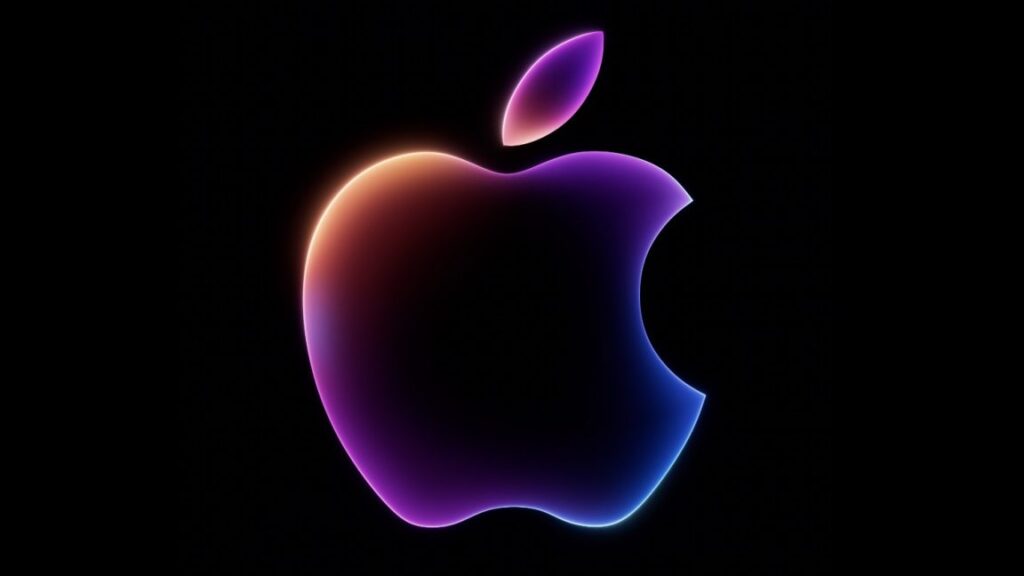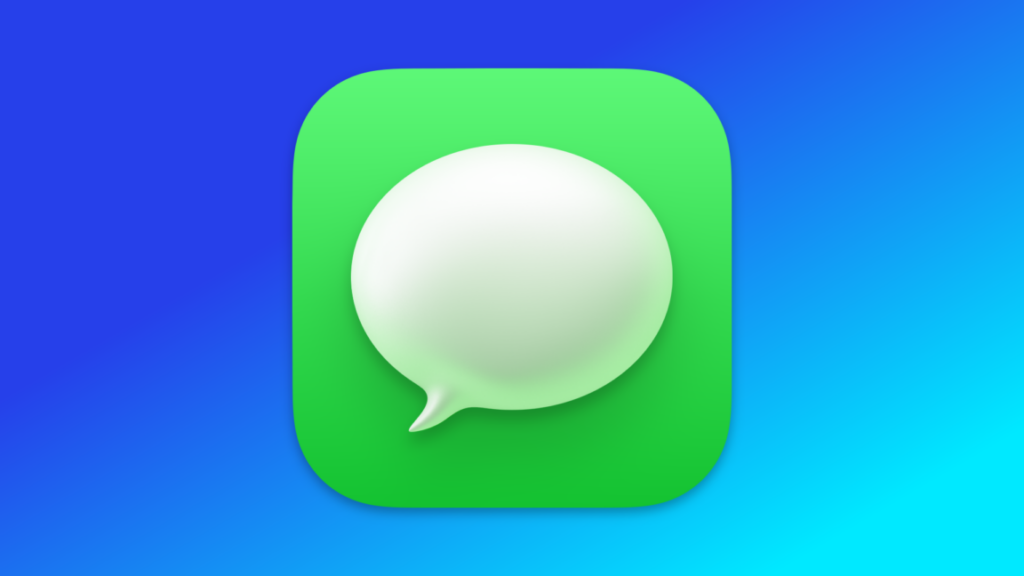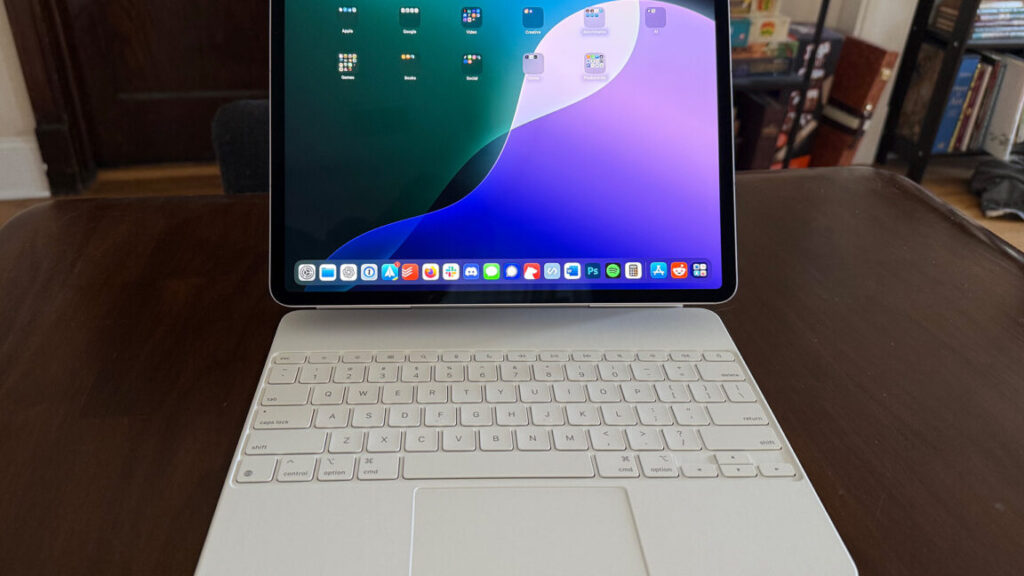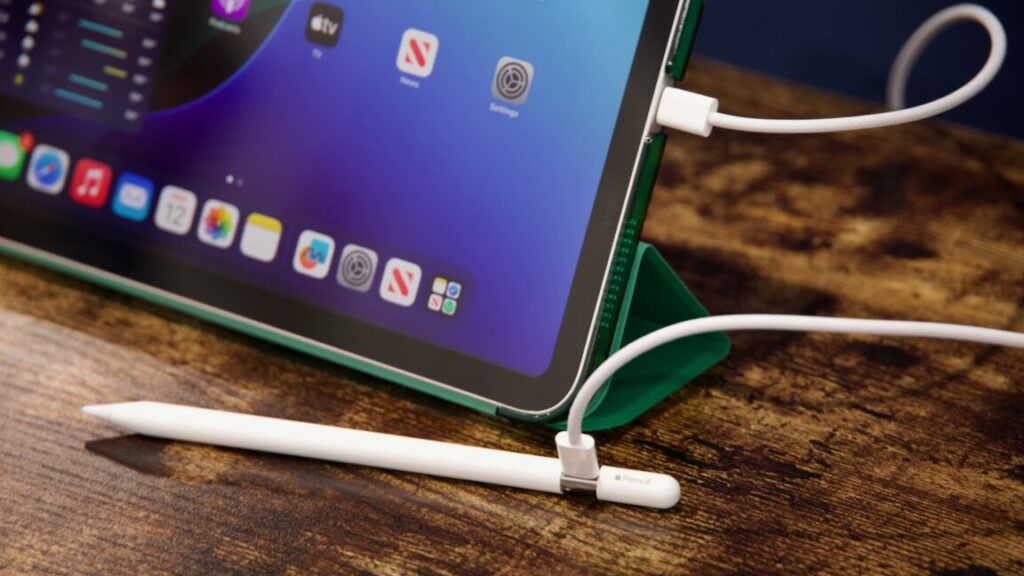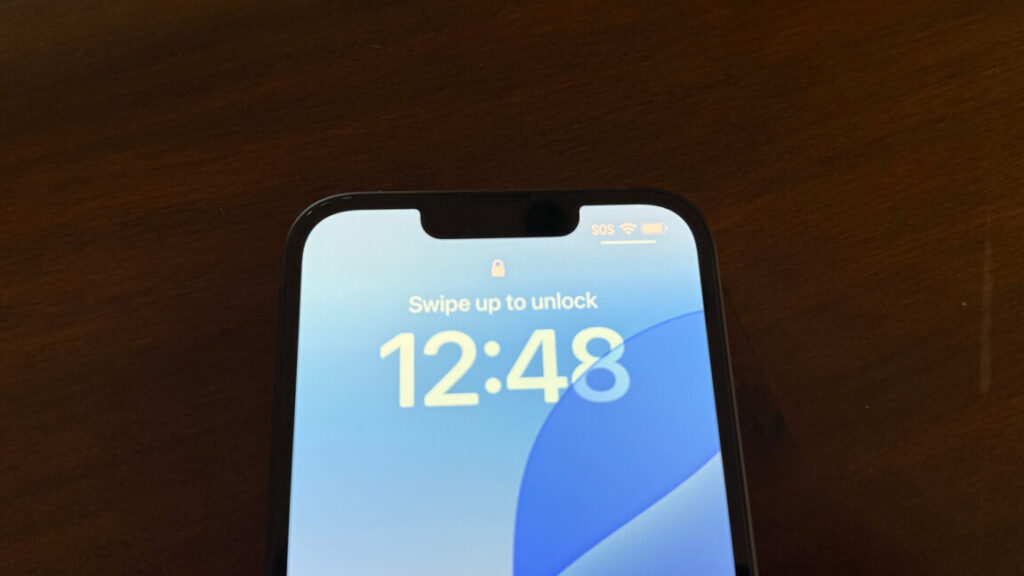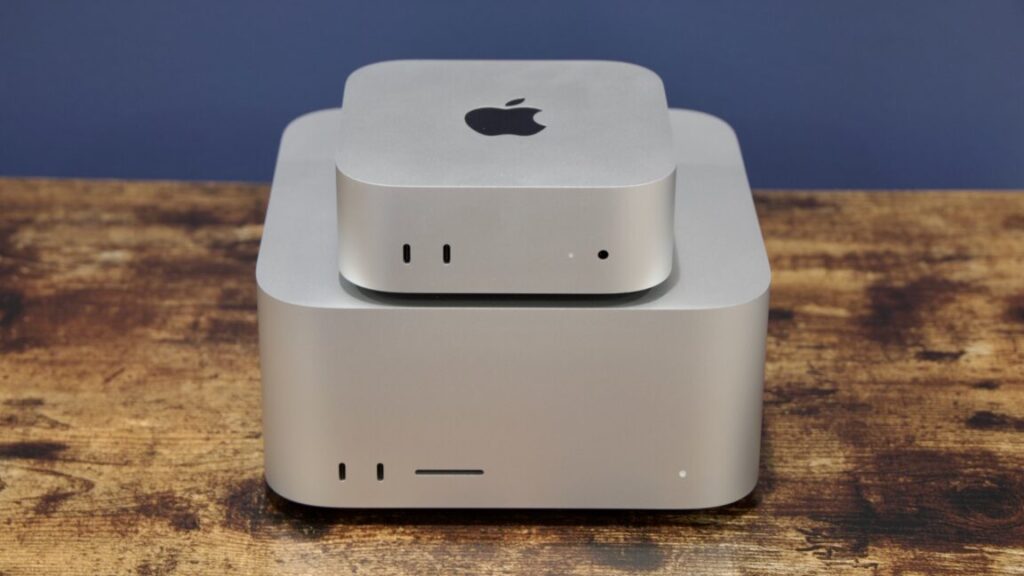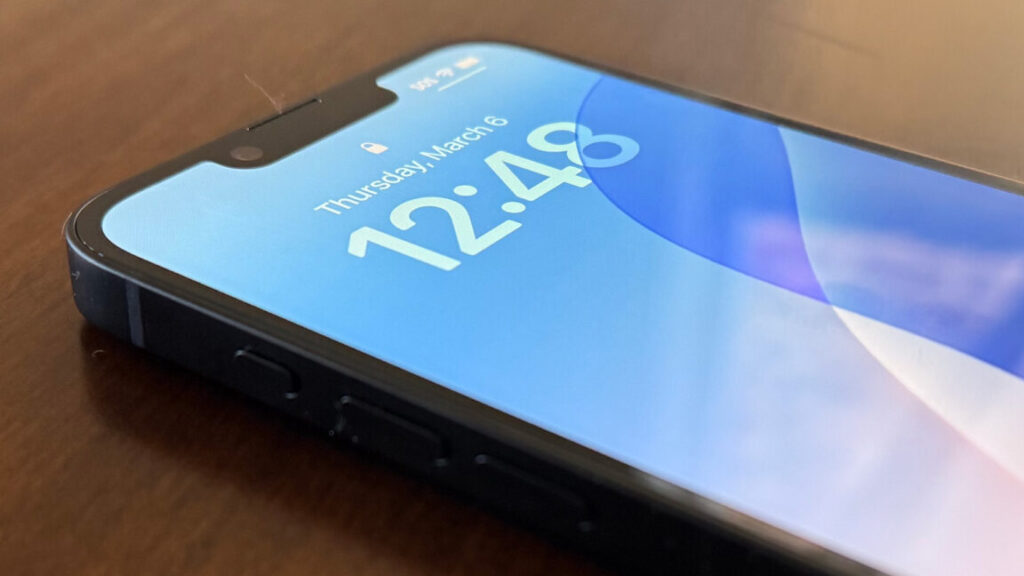Apple updates all its operating systems, brings Apple Intelligence to Vision Pro
Apple dropped a big batch of medium-size software updates for nearly all of its products this afternoon. The iOS 18.4, iPadOS 18.4, macOS 15.4, tvOS 18.4, and visionOS 2.4 updates are all currently available to download, and each adds a small handful of new features for their respective platforms.
A watchOS 11.4 update was also published briefly, but it’s currently unavailable.
For iPhones and iPads that support Apple Intelligence, the flagship feature in 18.4 is Priority Notifications, which attempts to separate time-sensitive or potentially important notifications from the rest of them so you can see them more easily. The update also brings along the handful of new Unicode 16.0 emoji, a separate app for managing a Vision Pro headset (similar to the companion app for the Apple Watch), and a grab bag of other fixes and minor enhancements.
The Mac picks up two major features in the Sequoia 15.4 update. Users of the Mail app now get the same (optional) automated inbox sorting that Apple introduced for iPhones and iPads in an earlier update, attempting to tame overgrown inboxes using Apple Intelligence language models.
The Mac is also getting a long-standing Quick Start setup feature from the Apple Watch, Apple TV, iPhone, and iPad. On those devices, you can activate them and sign in to your Apple ID by holding another compatible Apple phone or tablet in close proximity. Macs running the 15.4 update finally support the same feature (though it won’t work Mac-to-Mac, since a rear-facing camera is a requirement).
Apple updates all its operating systems, brings Apple Intelligence to Vision Pro Read More »



